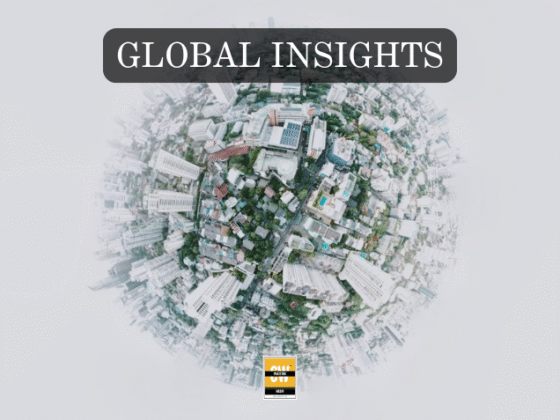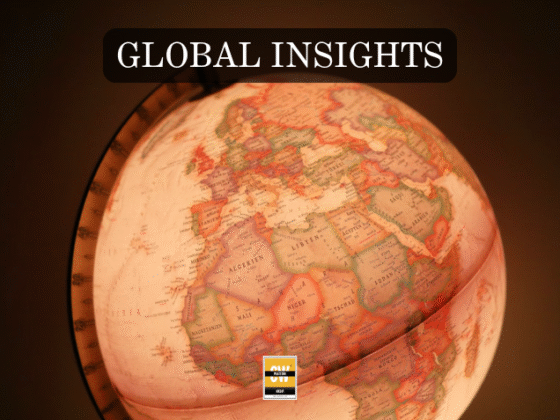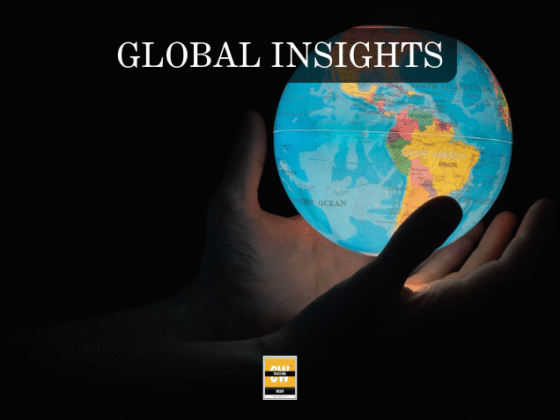Mobile technologies and services generated a significant economic boost for Asia Pacific in 2024, contributing $950 billion to the region’s economy, which represented 6.1% of its GDP, according to the Mobile Economy Asia Pacific 2025 report. The study projects that this figure will grow to $1.4 trillion by 2030 as mobile networks, artificial intelligence, and Internet of Things solutions deepen their role in driving digital transformation across industries. Alongside this economic contribution, the mobile ecosystem played a critical role in employment, supporting nearly 17 million jobs last year, including 11 million directly and 6 million in adjacent industries, while also generating more than $90 billion in public funding for governments, excluding spectrum and regulatory fees.
Operators across Asia Pacific have been heavily investing in next-generation connectivity, with nearly $220 billion allocated to 5G network rollouts between 2019 and 2024. A further $254 billion has already been committed through to 2030, underscoring the region’s determination to accelerate digital transformation. However, the report cautioned that escalating spectrum costs and uneven investment—particularly in rural and emerging markets—pose real risks to sustaining progress. Spectrum cost-to-revenue ratios, which have tripled over the past decade from 3% in 2014 to 9% in 2023, are limiting the ability of operators to expand access and fund innovation. These constraints risk widening the existing connectivity gap, with over 700 million people in Asia Pacific still offline, including an estimated 55 million Filipinos.
Julian Gorman, Head of Asia Pacific at GSMA, emphasized that mobile connectivity has become central to the region’s digital progress, describing it as “the oxygen of Asia Pacific’s digital transformation.” He noted that despite strong advances, the mobile ecosystem faces growing challenges ranging from rising investment burdens to surging online scams and cyber threats. The report highlights how fraudulent activity escalated globally to siphon more than $1 trillion from consumers in 2024, with Asia Pacific increasingly exposed as 5G and IoT broaden the attack surface. In response, operators are deploying AI-powered fraud detection systems, strengthening their security with zero-trust frameworks, and collaborating through cross-sector initiatives such as the GSMA-led Asia Pacific Cross-Sector Anti-Scam Taskforce (ACAST). The taskforce, spanning 16 countries, aims to foster intelligence sharing, technical innovation, and public awareness campaigns.
The report also points to GSMA Open Gateway as a growing tool in combating fraud and enhancing trust across digital ecosystems. By standardising network APIs, Open Gateway enables developers and enterprises to integrate advanced identity verification and security features into services, strengthening user protection and unlocking new business opportunities. At the same time, operators are seeking enabling regulatory conditions that balance consumer protection with space for innovation. Sustainable spectrum pricing, technology-neutral frameworks, and fiscal incentives such as targeted public funding and infrastructure sharing are identified as essential to accelerate 5G rollouts in underserved areas.
Mobile Economy Asia Pacific 2025 underscores that the future growth of the mobile sector hinges on collective action. Governments, regulators, and operators must work in alignment to bridge the investment gap, lower barriers to network expansion, and foster a safer, more inclusive digital economy. With 5G adoption already accounting for 18% of mobile connections in 2024 and projected to reach 50% by 2030, the report suggests that strategic choices made today will define the trajectory of Asia Pacific’s digital future, including the foundations for 6G.
Follow the SPIN IDG WhatsApp Channel for updates across the Smart Pakistan Insights Network covering all of Pakistan’s technology ecosystem.





